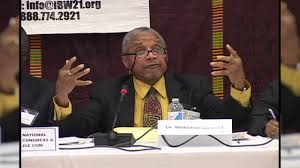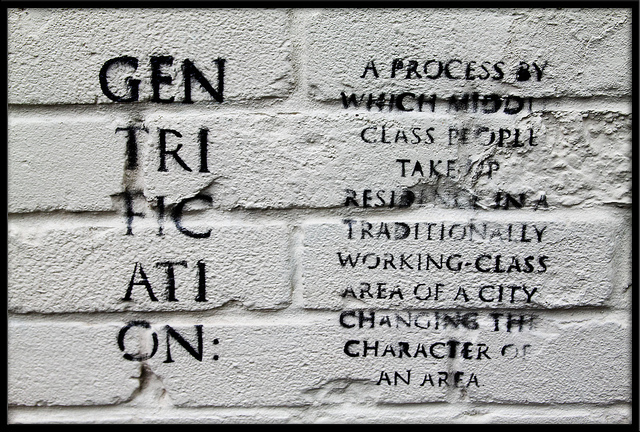For those of us who were born to farm but, alas, not born on a farm, the ache to have your own land can be…

Crown Heights
- Home/
- Tag/
- Crown Heights/

In the 1980s and ‘90s I witnessed, and in “The Closest of Strangers” I condemned, some of the most counterproductive black American urban protests since…

After the Labor Day Carnival, Life for U.S. Caribbeans Is No Party Four days from now, on Labor Day, a 3-mile stretch of Eastern Parkway…

“The inhabitants are pushed aside to make way for transplants who may come from the suburbs, another state or even from another country.” There is…
